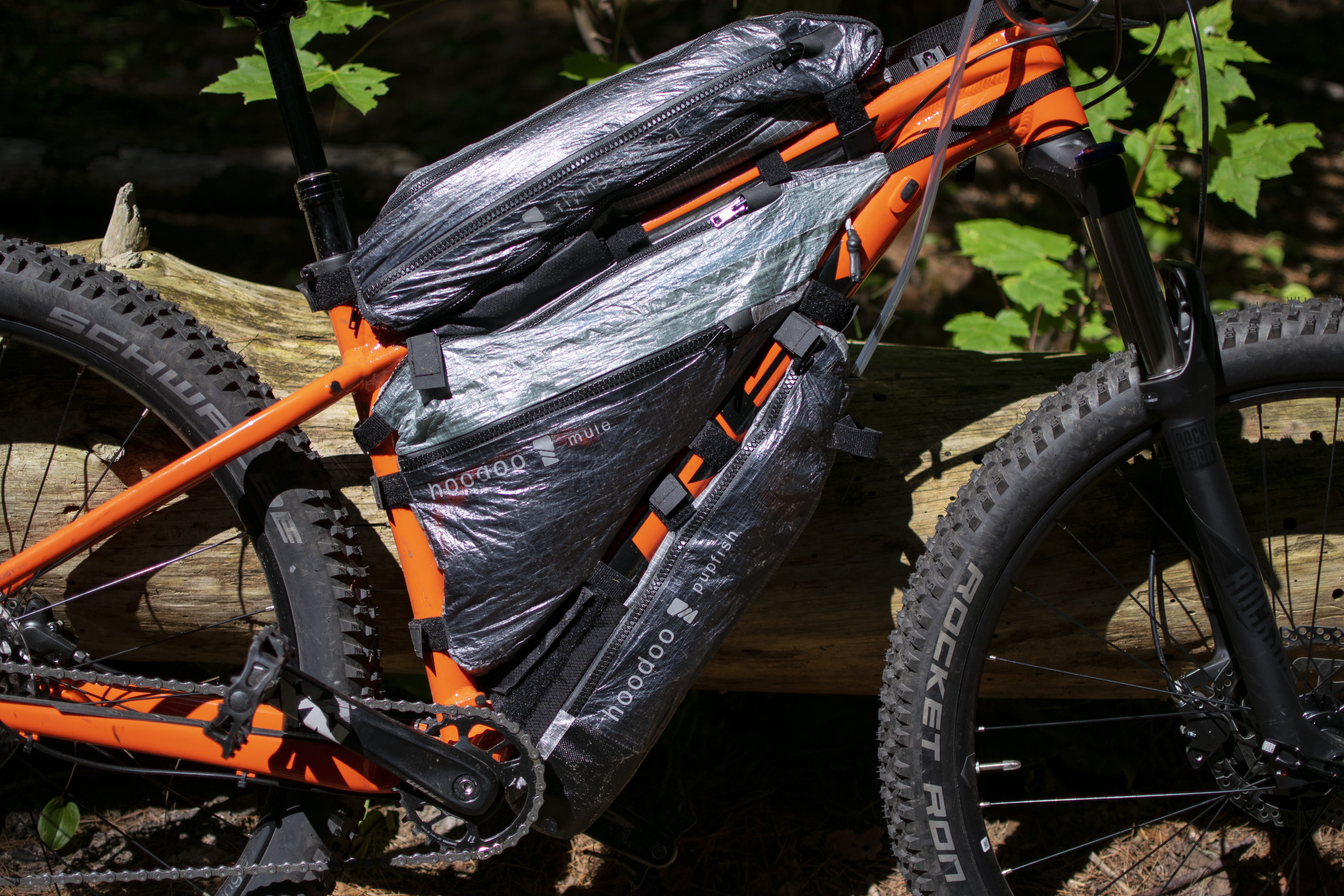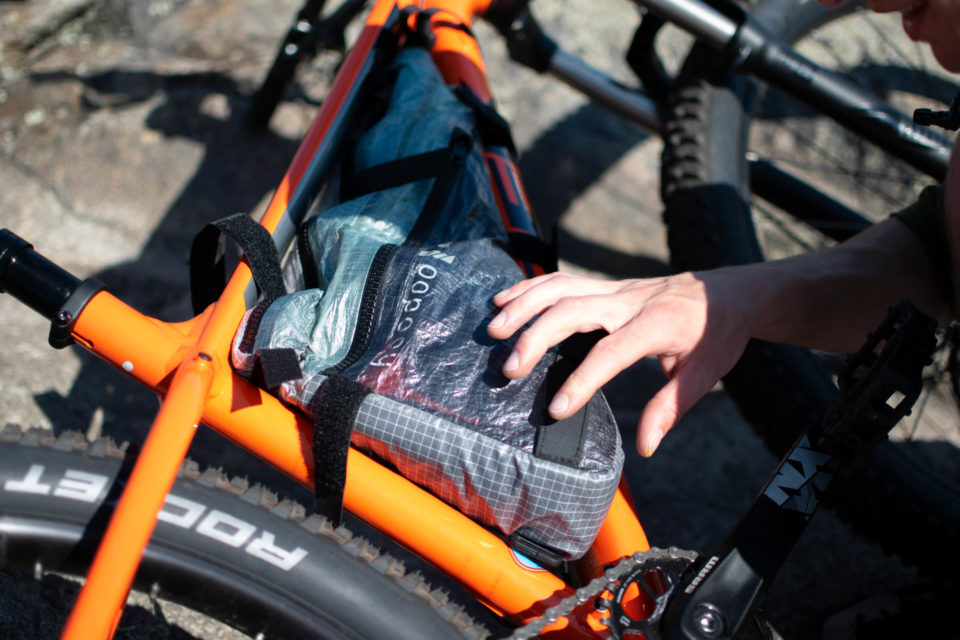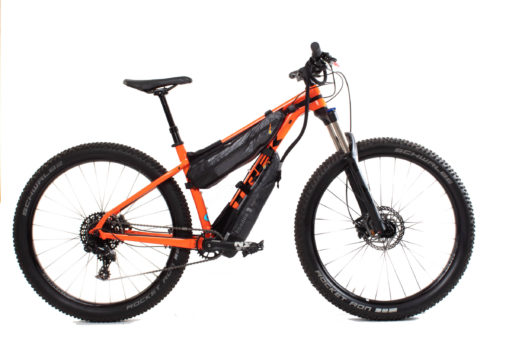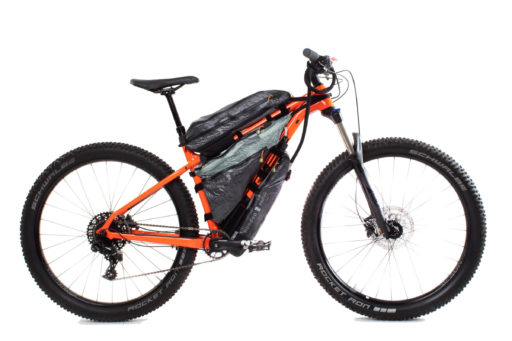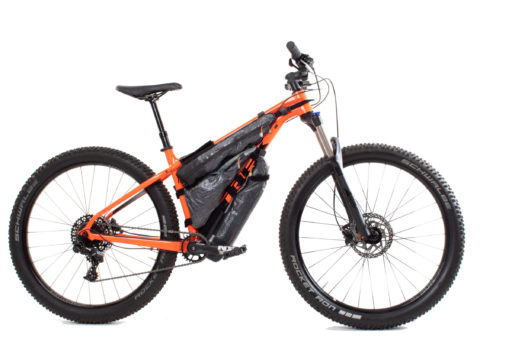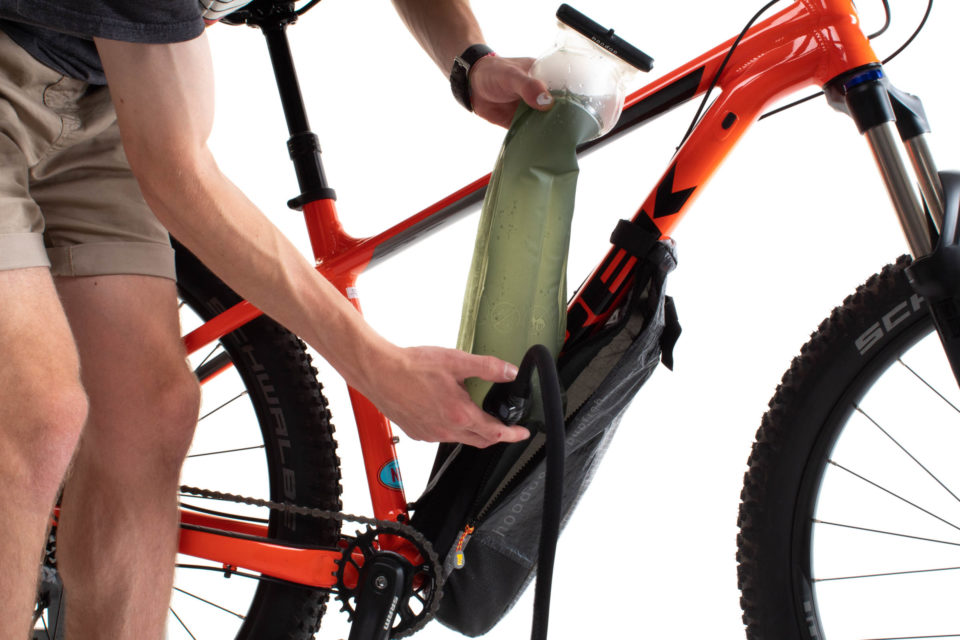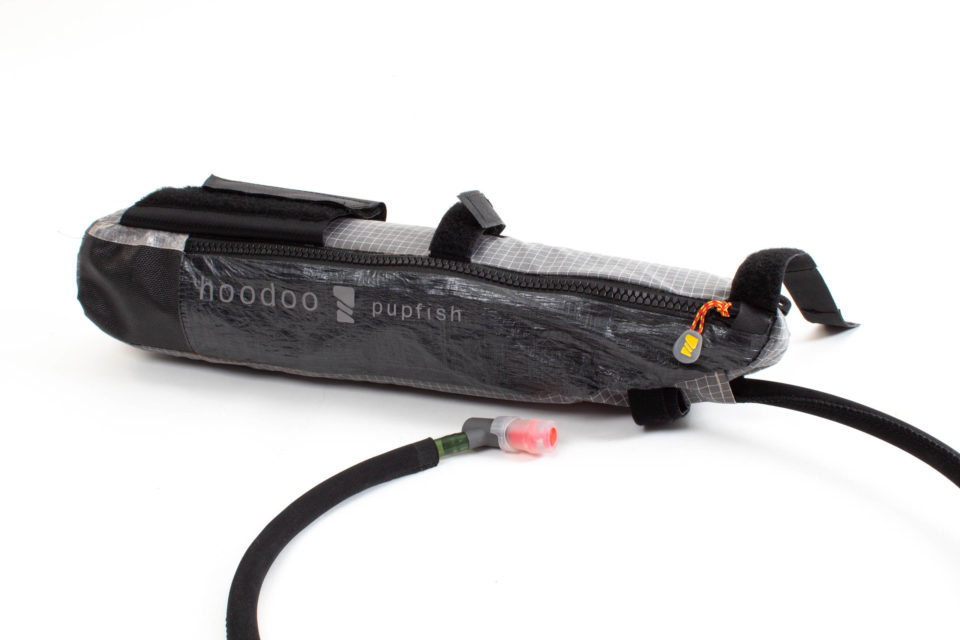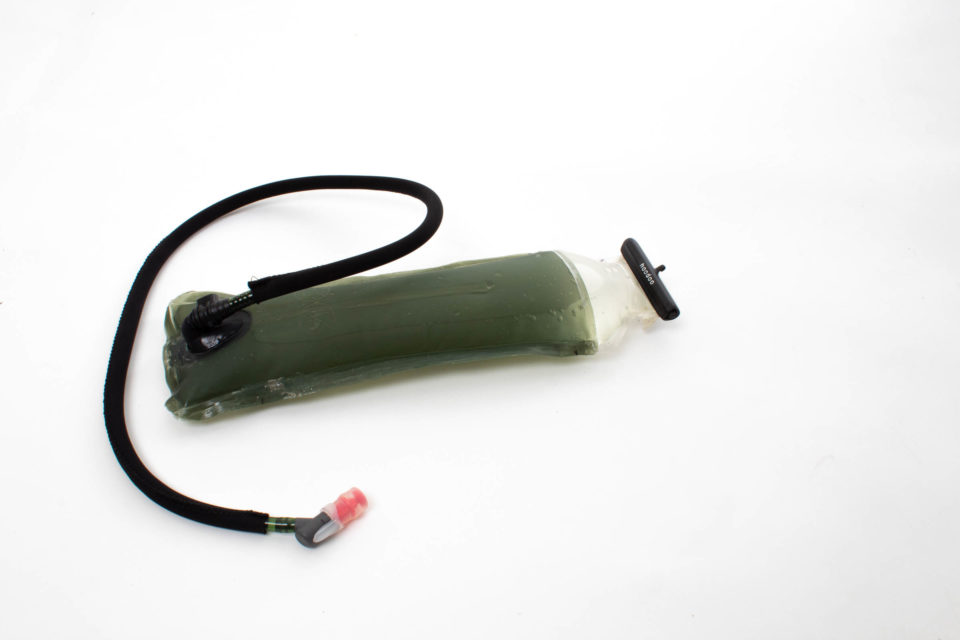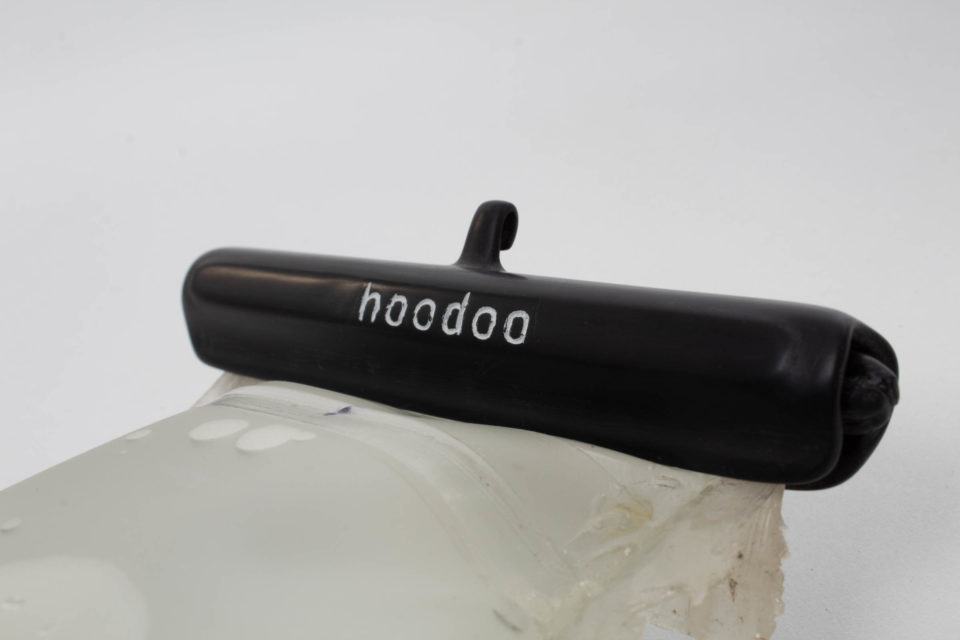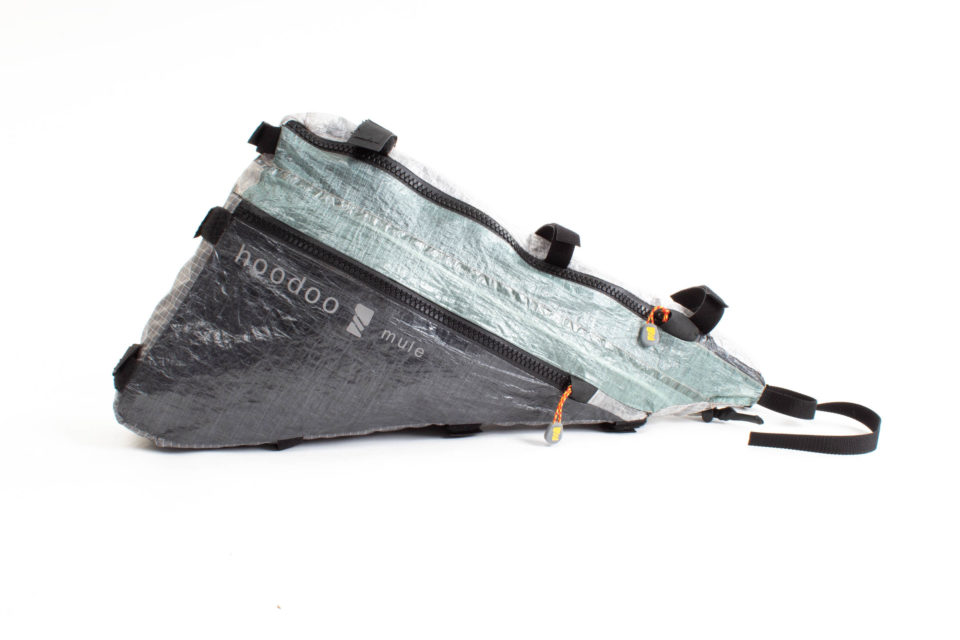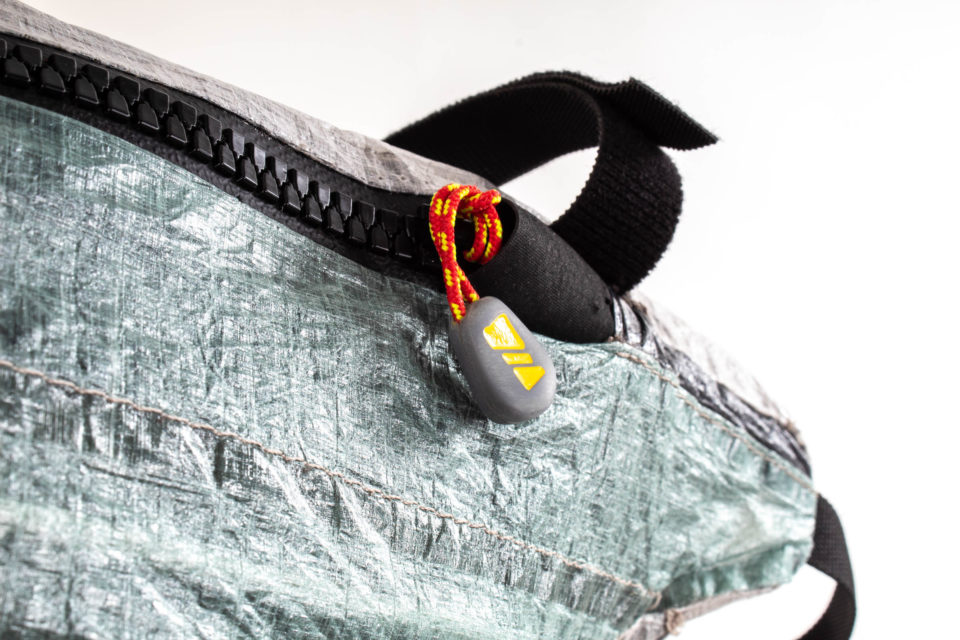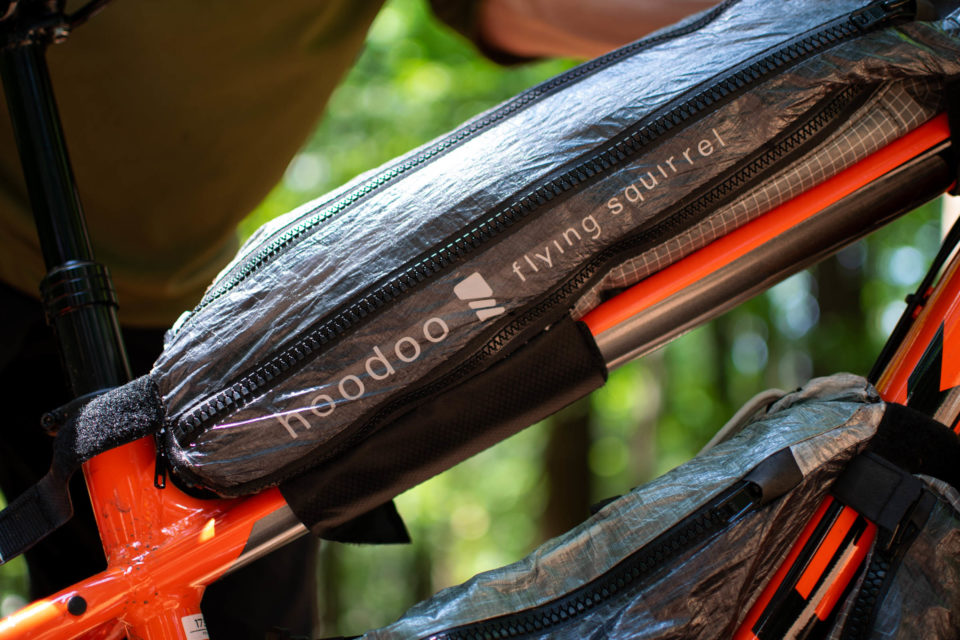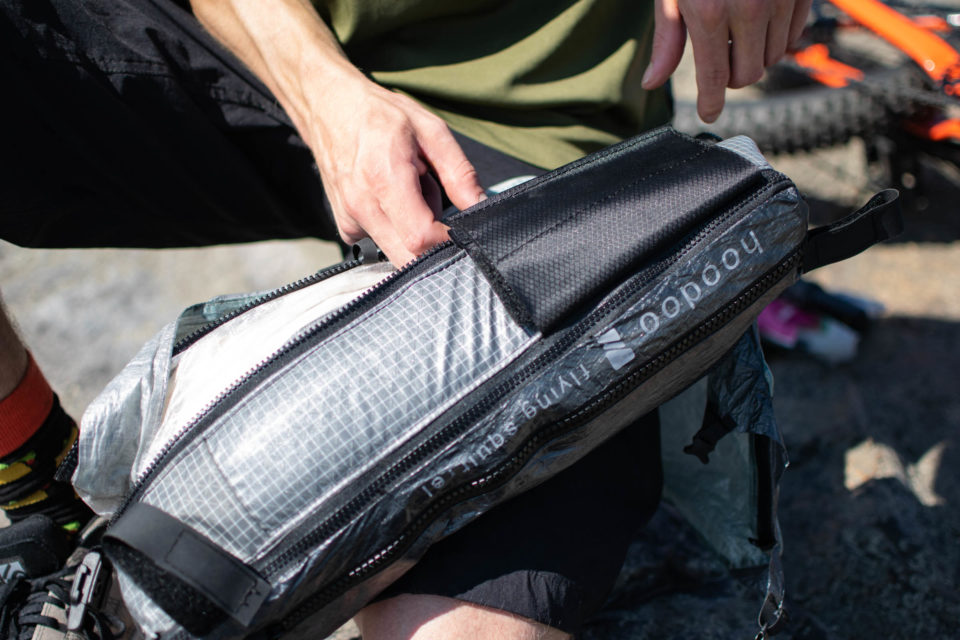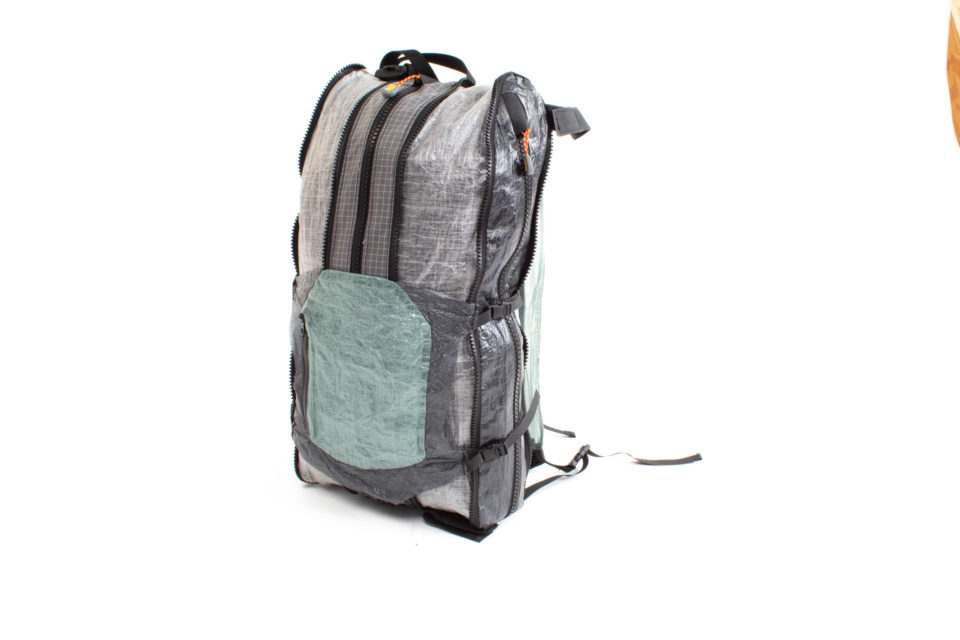Hoodoo Bikepacks by Sam Erhard
Sam Erhard, a graduate at Wentworth Institute of Technology in Boston, designed a unique collection of modular bikepacking frame bags as part of his senior design thesis. We reached out to learn more about the program, the bags, and his inspiration for the project. Find details (and a video Sam produced) here…
Words and photos by Sam Erhard
The Hoodoo Bikepacks project was completed as a senior design thesis throughout 2019 spring and summer semesters at Wentworth Institute of Technology in Boston, MA. I recently graduated from the Industrial Design (ID) program there. During my junior year, some friends and I enrolled in a soft goods intensive studio where we fell in love with a side project, a product design that had previously not been a primary focus within the ID department. As a designer/biker/skier/climber I saw the connection to outdoor gear and naturally began to steer my more self-directed school projects to include a soft good whenever possible.

My thesis began with the goal of finding pain points within the bikepacking experience, and addressing those areas of difficulty through design. The first few months of the project were restricted (by design of the curriculum) to research on our topic of interest with the goal of uncovering an interesting problem to design around. I gathered a great deal of second hand research through journals, articles, videos, and interviews with actual bikepackers and bike tourers. After the semester of research, I was pretty sure the problem that I needed to address was balancing the weight of drinking water without eating up too much real estate in the frame pack. At this point, the biggest hang up for me was that–although I had been mountain biking for the majority of my life—I had never even strapped packs to my own bike. So with the best degree of physical fitness that can be expected from a desk-bound design student in late March, I flew to Utah to ride the Kokopelli Trail from Fruita, CO to Moab, UT. I took three and a half days (let’s call it four) to complete the ride on my totally over-packed 160mm Trek Slash, it being the only bike I owned. As far as the bike was concerned, the pain points were evident enough, and would cleary have been less apparent if I had ridden a hardtail or a shorter travel bike. However, limited packing opportunities in the center of the frame geometry forced my to occupy my entire frame pack with a 2.5 l water bladder, while everything else was either in my large seat pack, on my bars, or on my back.
Returning from this trip, I was, A) excited that I could successfully pass the previous week of riding in the desert off as “research,” and B) because I discovered a real problem within bikepacking setups that I could focus on for my design. I realized after that trip that a major issue with weight dispersement on slacker mountain bike frames is simply a lack of mid-frame packing real estate, pushing heavy items into more cumbersome locations such as a seat pack or backpack. So I set out to design a system of bike packs that could work together to maximize packing volume and versatility around the main frame triangle.
The solution I came up with after a couple months of sketching and mocking up test bags in cotton, was a three part frame pack system. Two of the packs have a transformable feature, and one pack is strictly designated to water bladder transport. All of the packs are shaped to fit into a variety of packing arrangements on the frame to accommodate specific needs and weight placements as food and gear quantities may change throughout a ride. When fully assembled, two half frame packs strap to the top of the top tube and the bottom of the downtube, while the framepack fills the entire inner-frame triangle. You can scroll through the different variations below (and be sure to scroll down and watch the video)…
The Pupfish
The Pupfish is a 2.5L hydration bag with a proprietary bladder that hooks into a loop at the top of the bag. The bladder used for the prototype is less than 2.5L as I was limited by my heat sealing capabilities; however, the pack itself will accommodate that volume. When used with the full bag setup, the pupfish is mounted on the bottom of the downtube to keep its weight low and central. The bag can also be mounted on the top and bottom of the top tube depending on the riders preference.

The Mule
The Mule is a full frame pack that when detached from the top tube, can be compressed with draw string to only occupy the bottom half of the frame triangle. This feature frees up space inside the frame triangle in which to fit either of the other two bags, and prevents gear from shifting around if the pack is not totally full.
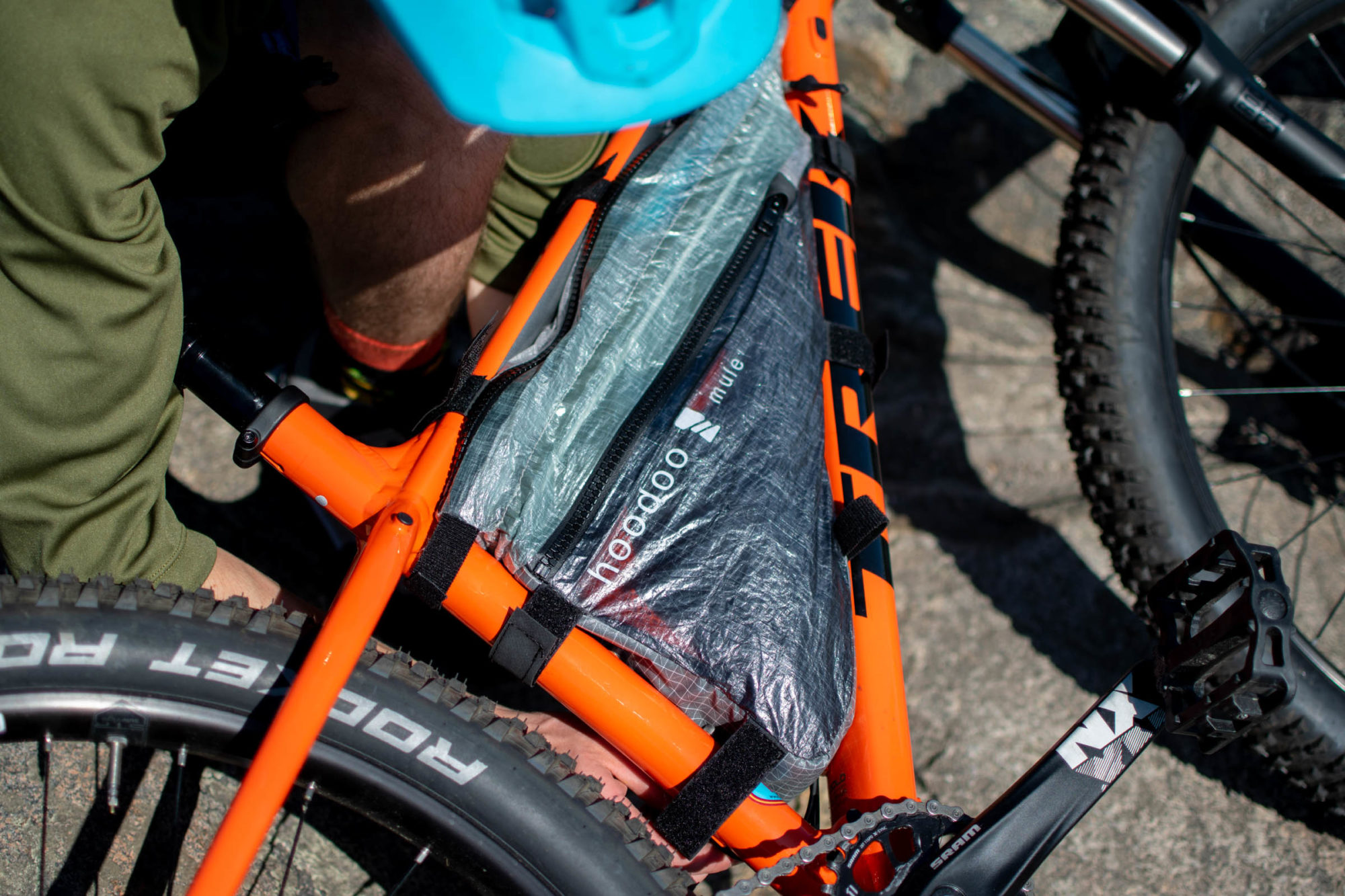
The Flying Squirrel
The Flying Squirrel is a half frame pack that shares a similar form factor to the pupfish; however, Two separating zippers on each side panel can be unzipped to transform the frame pack to a small backpack, with an outer stuff pouch. This bag can be used while riding, taking a break to explore on foot, getting groceries, or as a carry on bag if the rider is flying with their gear and needs to pack conservatively. The Flying Squirrel also features an inner bladder pocket that fits the same bladder used in the pupfish.
I constructed all of the bags using 1.0 oz Dyneema Composite Fabrics, and TPU coated Gridstop. I chose to use Dyneema for its unbeatable strength to weight ratio, its low waste carbon footprint, and its incredible “crushabilty,” which made it ideal for collapsable /stuffable features. Plus, I thought the material looked pretty rad once it was worn in.
Hoodoo has two common definitions; the first being a weathered rock tower common in some desert regions, and the second being a southern colloquialism for magic, sorcery, or witchcraft. The name Hoodoo is both a reference to the landscape of southern Utah where my project really took shape, and the element of “magic” that the “shapeshifting” packs hopefully have.
We asked Sam what his plans are for Hoodoo Bikepacks outside of the design project and he mentioned he is interested in taking it to a more legitimate level down the road, perhaps with some help. There might be a few redesigns before that happens, but Sam would be stoked to see the concepts within the bag set come into their own. For now, you can follow Sam at @SamErhard to stay in the loop.
Please keep the conversation civil, constructive, and inclusive, or your comment will be removed.






